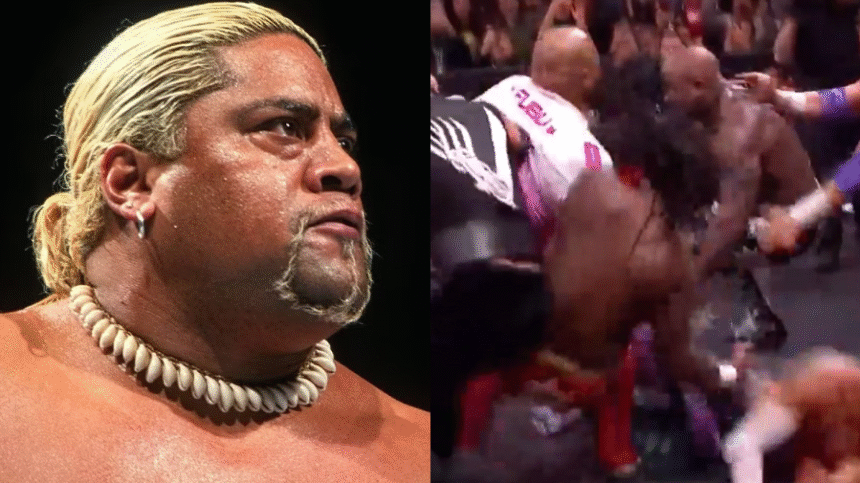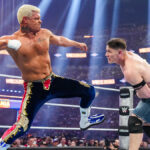WWE Hall of Fame Rikishi used the case to highlight the important importance of wrestling safety, trust and match psychology, bringing forward previous criticisms about the recent high-risk manipulation involving TNA wrestler Leon Slater in a pay-per-view of the rebellion. Slater made a Swanton 450 splash on a group of wrestlers above and below the Ultimate X-structure (approximately 15 feet tall), but the catch failed, causing Slater to make a violent landing on the floor. Reports show that Slater avoided serious injuries, but the incident raised widespread concern.
Before learning about Slater’s status, talking about the “Rixi Fatu Off Top” podcast, and having never seen the footage but heard the explanation, Rixis did not write words about the responsibility he intended to capture Slater. “I think it’s a bull,” Rikis said. “Obviously, they were talking about the place before that… you got the man’s body in your hands… that responsibility, it depends on the cat there. He emphasized the potential career-changing nature of such a moment: “In 30 seconds at any time, someone can finish a career.”
Holy fxcking sh! t!!!! 😱😱
The wildest Swanton 450 and Leon Slater in history!!!! #TNAREBELLION pic.twitter.com/6cahysbmgd
– 𝐃𝐫𝐚𝐕𝐞𝐧 (@WrestlingCovers) April 28, 2025
Rikis, known for his own high-risk uplift, such as being thrown from the hell of cell structure into the bed of a truck below, draws a distinction. He explained that hell on cell bumps involves computational risks using crash pads (although minimal for his size), and ultimately his sole responsibility, but Slater’s spots rely entirely on the collective trust and execution of others. “If it was me, if no one had caught me, I would have had to take my chair to everyone’s heads… There would have been a filming fight when I walked through the locker room,” he said, highlighting the rigour of broken trust. “If you’re listening, man, this is no joke, man… you should understand that.”
The Hall of Fame used this argument to defend a deeper understanding of wrestling psychology and storytelling around reliance on purely dangerous stunts to elicit crowd responses. “You really don’t have to do all those big high spots,” he insisted. “You can still have pop by learning how to do psychology, theatrical movement, allowing you to tell stories… you can tell stories.” He advised young talent to focus on conveying emotions through facial expressions and body language, connecting with fans on an emotional level, not just on fleeting “amazing” moments. “Complete your skills, complete your skills, understand this. Understand that this is not a game.” Notes on Pwmania and Wrestlingnewssource: (Please return to this article when using quotes transcribed from here)
If you are using some of the quotes in this article, please credit rikishi fatu from above using ah/t to wrestlingnews.co for transcription.












